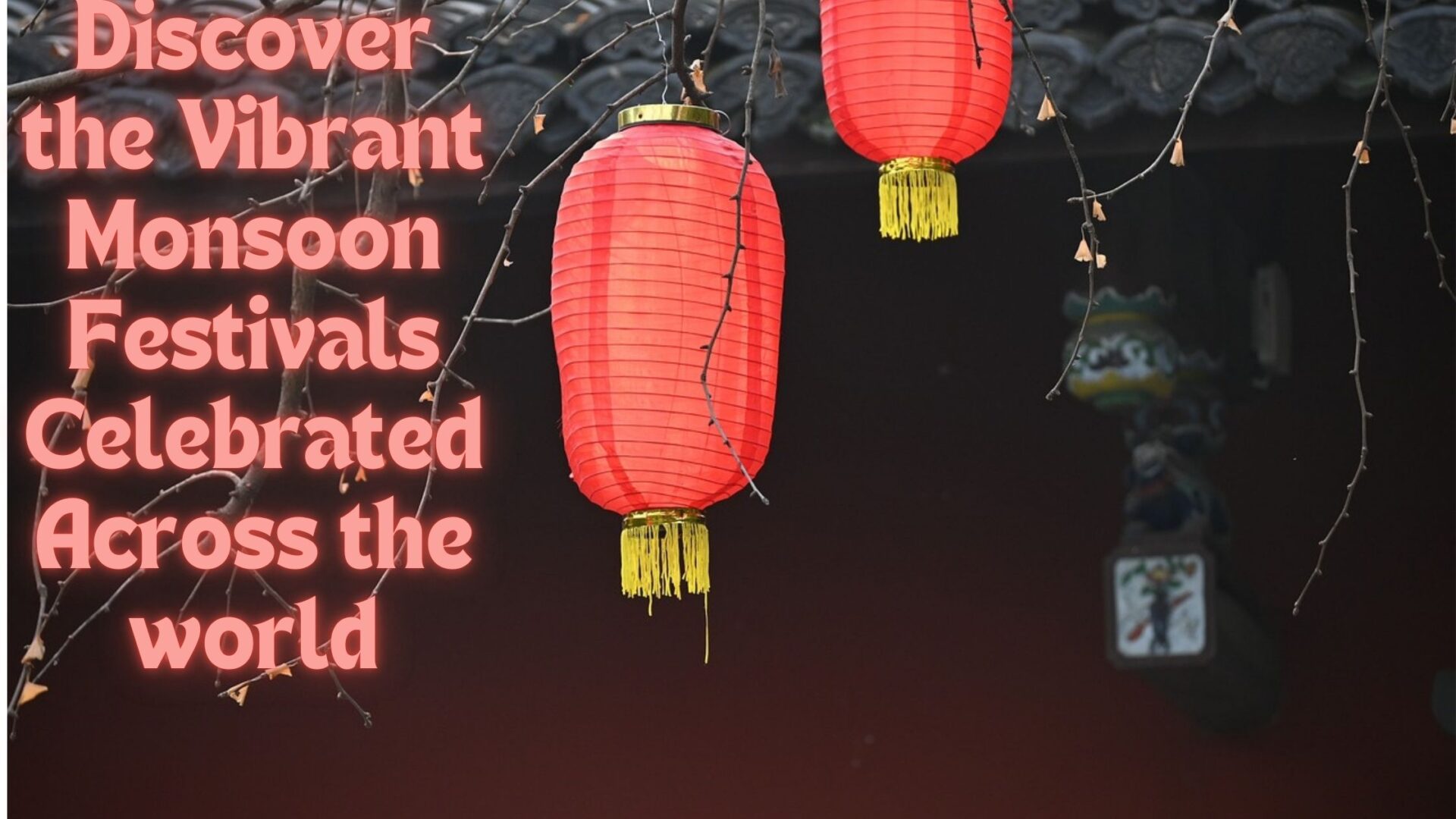Introduction:-
Discover the Vibrant Monsoon Festivals Celebrated Across the world
As the monsoon season arrives, it ushers in a rejuvenating transformation, painting the landscape with a vibrant and verdant green hue. Beyond its meteorological impact, this season holds profound cultural significance for diverse communities worldwide. “Festivals of the Rains: A Journey Through Monsoon Celebrations” embarks on an exploration of the unique and vibrant festivities that characterize the monsoon season, shedding light on their cultural importance and the unrestrained joy they bring to communities.
What are the major monsoon festivals celebrated in India?
Across India, the monsoon season is marked by vibrant and culturally significant festivals. Here are some of the major monsoon festivals celebrated throughout the country:
1. Teej
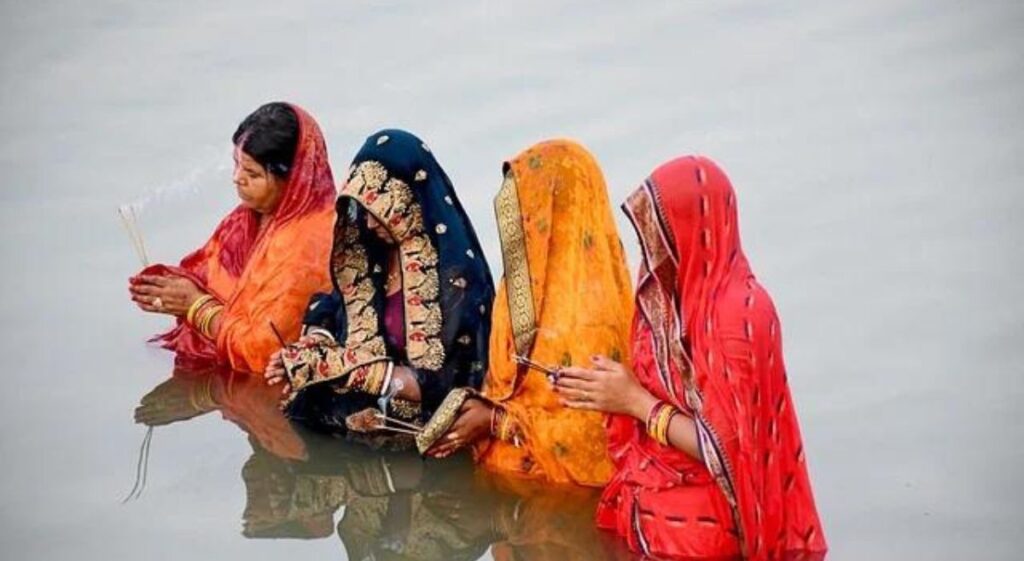
- Region: Rajasthan, Haryana, Punjab, parts of Uttar Pradesh, and Madhya Pradesh.
- Timing: Celebrated during the monsoon season, typically in July or August.
- Significance: Teej celebrates the union of Lord Shiva and Goddess Parvati. It is primarily a women’s festival featuring vibrant green attire, traditional songs, and swings decorated with flowers. Women observe fasts and pray for the well-being of their husbands and families.
2. Janmashtami
- Region: Pan-Indian, with notable celebrations in Uttar Pradesh, Gujarat, Maharashtra, and parts of South India.
- Timing: Celebrated in August, during the monsoon season.
- Significance: Janmashtami marks the birth of Lord Krishna. The festival includes fasting, devotional singing, and reenactments of Krishna’s life, such as the ‘Ras Leela.’ In Maharashtra, the ‘Dahi Handi’ event, where teams form human pyramids to break a pot of curd, is a highlight.
3. Onam
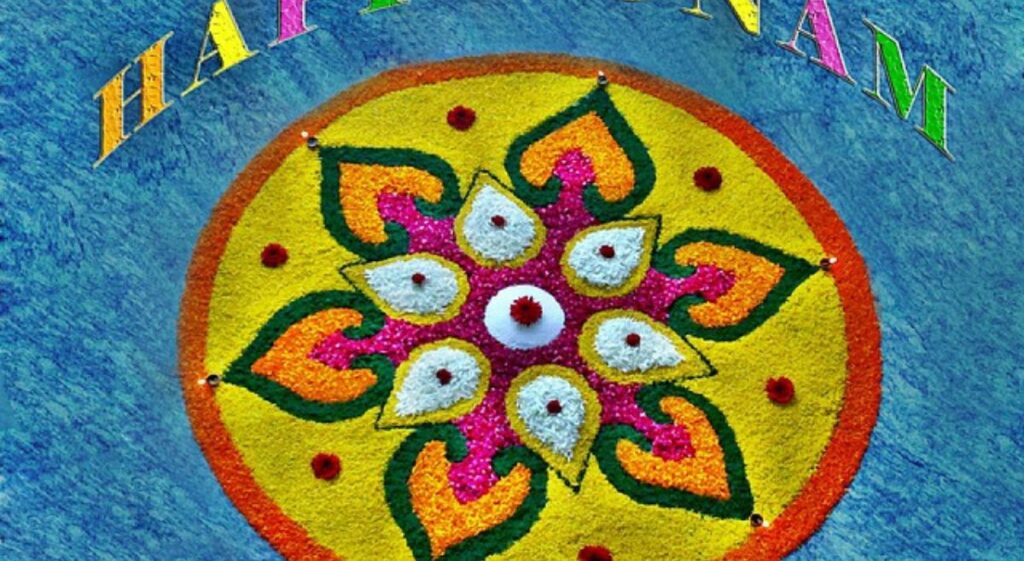
- Region: Kerala.
- Timing: Celebrated in August or September, depending on the Malayalam calendar.
- Significance: Onam is a harvest festival that marks the homecoming of the mythical King Mahabali. It includes elaborate feasts (Onasadya), boat races (Vallam Kali), traditional dances (Kathakali), and floral decorations (Pookalam).
4. Gudi Padwa
- Region: Maharashtra.
- Timing: Celebrated in March or April, marking the onset of the monsoon.
- Significance: Although Gudi Padwa is primarily a spring festival marking the New Year in Maharashtra, it signifies the end of the harvest season and the onset of the rains. The festival includes hoisting a Gudi (a decorated cloth tied to a pole), feasting, and traditional rituals.
5. Nag Panchami
- Region: Various parts of India, especially in Maharashtra, Karnataka, and Tamil Nadu.
- Timing: Celebrated in July or August, during the monsoon season.
- Significance: Nag Panchami is dedicated to the worship of snakes, believed to bring rain and fertility. Devotees offer milk and other offerings to snake idols and perform rituals to seek protection and prosperity.
6. Raksha Bandhan
- Region: Pan-Indian.
- Timing: Celebrated in August, during the monsoon season.
- Significance: Raksha Bandhan is a festival celebrating the bond between brothers and sisters. Sisters tie a protective thread (rakhi) around their brothers’ wrists, and brothers give gifts in return. The festival is marked by family gatherings and festive meals.
7. Bhagoria Haat Festival
- Region: Madhya Pradesh.
- Timing: Celebrated before the onset of the monsoon, in March.
- Significance: Bhagoria Haat Festival is a tribal festival where people gather at local markets (haats) for social and cultural activities. It includes traditional dance, music, and colorful attire, symbolizing the onset of the monsoon and the agricultural season.
8. Makar Sankranti
- Region: Pan-Indian, with specific variations in different states.
- Timing: Celebrated in January, marking the end of winter and the arrival of longer days, just before the monsoon season.
- Significance: Makar Sankranti is a harvest festival celebrated with kite flying, bonfires, and feasting. In some regions, it also marks the preparation for the upcoming monsoon season and agricultural activities.
These festivals celebrate the arrival of the monsoon and reflect the rich cultural diversity and traditions of India’s various regions.
How is the Obon festival in Japan related to the monsoon season?
In Japan, the Obon festival, held from August 13th to 16th, coincides with the latter part of the monsoon season, known as Tsuyu. Here are the connections between these two events:
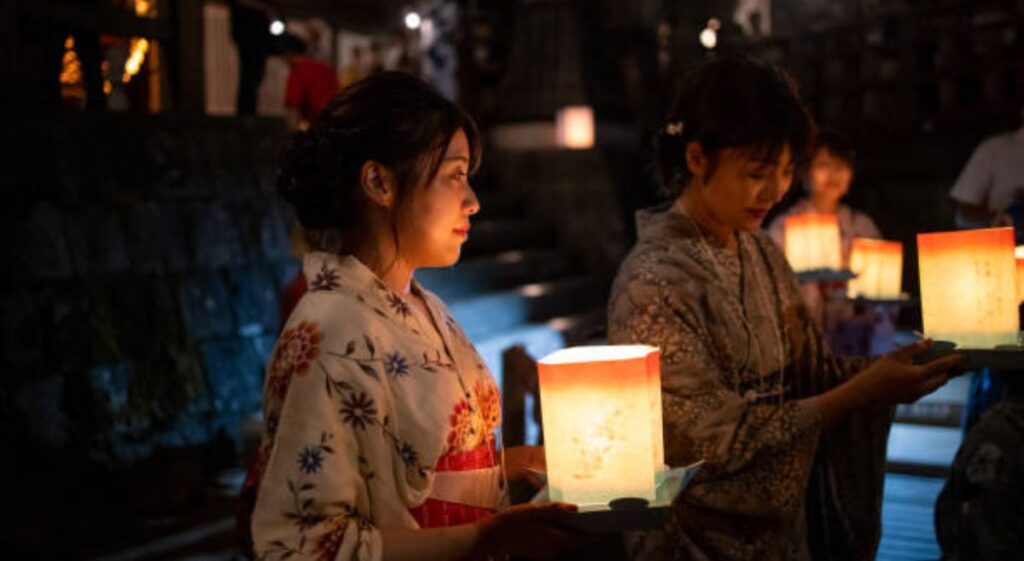
Timing and Seasonal Context:
- Obon falls during the transition period from the intense rainfall of the monsoon to a more stable, humid climate with high temperatures.
- The weather during Obon is often hot and humid, providing a comfortable environment for outdoor activities and gatherings associated with the festival.
Cultural and Symbolic Connections:
- Obon is a Buddhist festival honoring deceased ancestors, involving visits to family graves, prayers, and traditional dances called Bon Odori. The contemplative nature of the festival aligns with the serene atmosphere after the monsoon rains.
- Lanterns are lit in temples, homes, and pathways during Obon to guide the spirits of ancestors back to their resting places. The soft light of these lanterns adds to the festival’s mystical ambience.
- Bon Odori dances, performed outdoors, celebrate and welcome the spirits. The warm, humid post-monsoon weather makes these communal gatherings more enjoyable.
Local Variations:
- While different regions of Japan may experience varying weather conditions, the themes of honoring ancestors and celebrating community remain consistent during Obon.
- In areas where the monsoon season has ended, outdoor events may be more elaborate, as the weather permits more social gatherings and processions.
In conclusion, the Obon festival and the monsoon season are interconnected through their timing and atmospheric conditions. The end of the monsoon creates a suitable backdrop for the reflective and celebratory aspects of Obon, making it a significant time for honoring ancestors and engaging in community activities.
What is the significance of the Khao Phansa festival in Thailand?
The Khao Phansa festival, also known as Buddhist Lent, holds profound cultural and religious significance in Thailand. Here’s an overview of its importance:
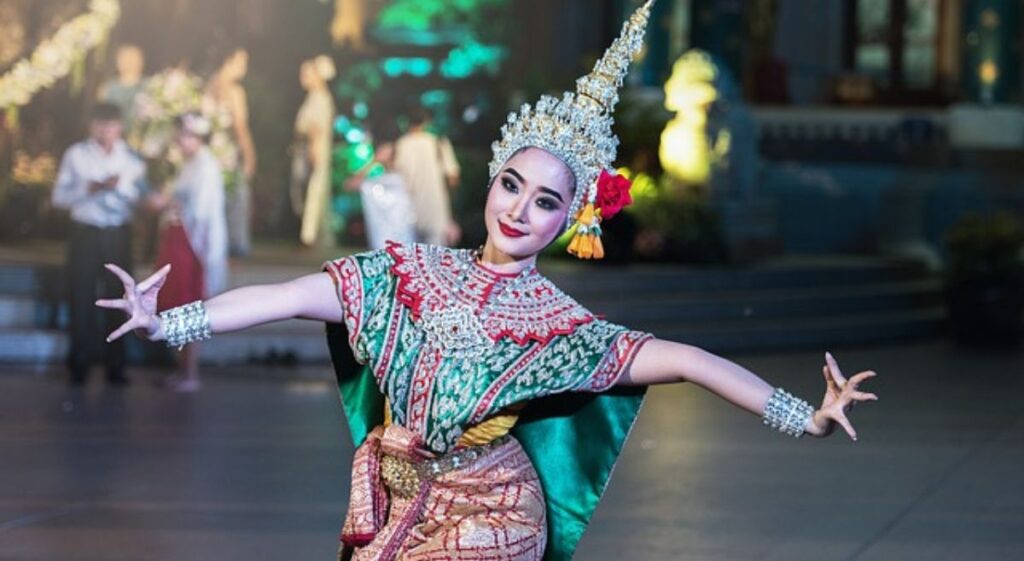
Religious Significance:
- Khao Phansa marks the beginning of the three-month Buddhist Lent, a period of spiritual reflection and deeper commitment to the Buddhist path.
- Monks retreat to their monasteries during Lent to meditate, study, and observe stricter monastic discipline.
- The observance of monastic rules, such as staying in one place and avoiding travel, helps monks focus on their spiritual practices and attain higher enlightenment.
Cultural Significance:
- The festival is marked by rituals and offerings, such as presenting candles, robes, and other necessities to monks as a symbol of support and respect.
- Khao Phansa is a time for families to come together, participate in merit-making activities, and renew their commitment to Buddhist teachings.
- The festival reinforces the bond between the monastic community and laypeople.
Conclusion
In the intricate tapestry of human heritage, monsoon festivals from around the world serve as a testament to the profound spiritual bond between nature and humanity. Titled “Festivals of the Rains: A Journey Through Monsoon Celebrations,” this exploration delves into the diverse joys and exuberance that mark the monsoon season. It provides a glimpse into how different cultures embrace the rains with gratitude and celebratory rituals. From the vibrant street dances of Japan to the solemn fasting in India and the meditative practices in Thailand, these festivals remind us of the universal appreciation for the life-sustaining rains.
References
- Teej Festival in India:
- “Teej Festival.” Rajasthan Tourism. Link
- “Teej Festival: Celebrating the Monsoon and Marital Bliss.” Cultural India. Link
- Janmashtami in India:
- “Janmashtami Festival.” Times of India. Link
- “Dahi Handi: The Festive Spirit of Janmashtami.” India Today. Link
- Awa Odori in Japan:
- “Awa Odori Festival.” Japan Guide. Link
- “Awa Odori: Japan’s Largest Dance Festival.” Tokushima Prefecture Official Website. Link
- Obon Festival in Japan:
- “Obon Festival: Honoring Ancestral Spirits.” Japan National Tourism Organization. Link
- “Bon Odori: The Dance of Obon Festival.” Nippon.com. Link
- Asahna Bucha in Thailand:
- “Asahna Bucha Day.” Tourism Authority of Thailand. Link
- “Asahna Bucha: Celebrating Buddha’s First Sermon.” ThaiEmbassy.com. Link
- Khao Phansa in Thailand:
- “Khao Phansa Day: Buddhist Lent.” Tourism Authority of Thailand. Link
- “Khao Phansa: The Buddhist Lent Period.” The Nation Thailand. Link
